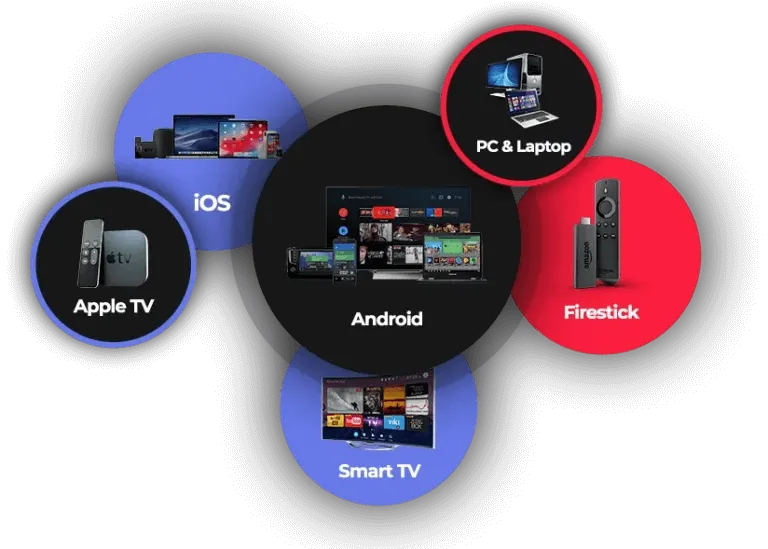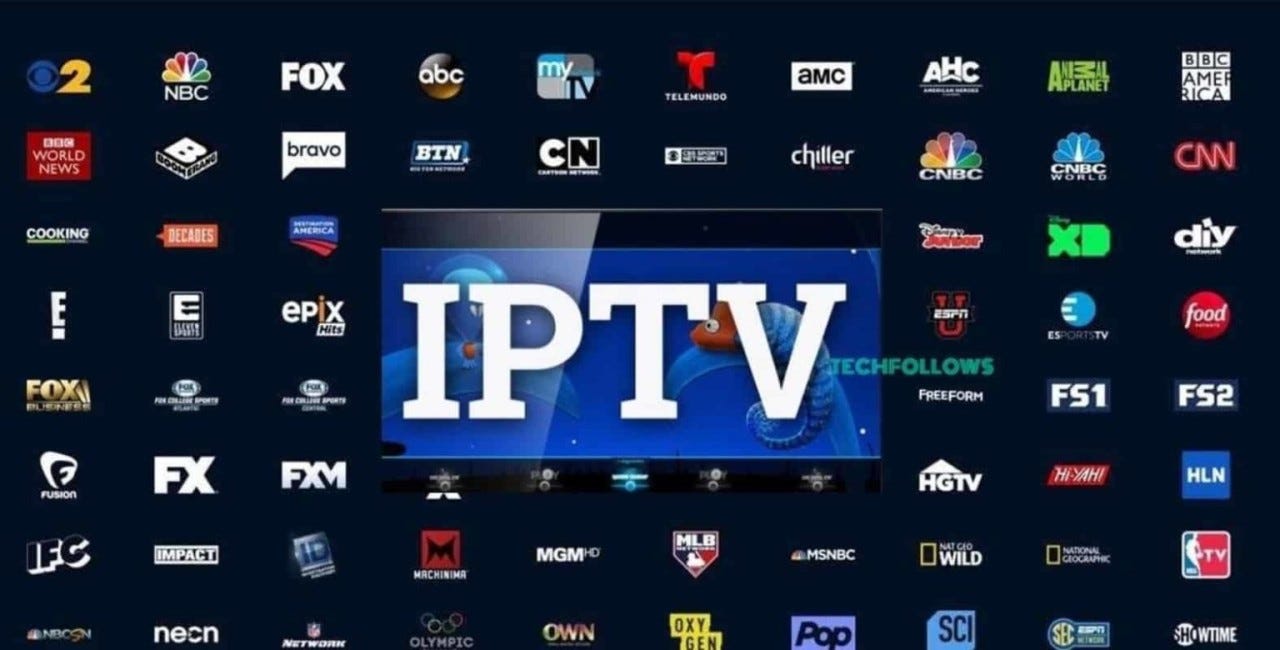Exactly How IPTV Works: A Step-by-Step Guide to Internet Protocol Television Technology
Net Procedure Television (IPTV) has actually reinvented the way we eat television web content, using a new world of opportunities through the power of the net. From the basic concepts of IPTV to the complicated procedure of web content delivery, each step plays an important role in guaranteeing a seamless watching experience.
IPTV Essentials
In recognizing IPTV essentials, it is essential to realize the essential operations of this technology in delivering tv web content over the internet. IPTV, which means Net Protocol Television, uses Net Procedure (IP) networks to send television material to customers' tools. Unlike standard methods of relaying television content via cable television or satellite signals, IPTV streams media through high-speed net links.

Moreover, IPTV permits interactive capabilities, such as video on demand (VOD) and electronic program overviews (EPG), improving the user experience by supplying even more control and versatility in accessing web content. Overall, understanding the essentials of IPTV establishes the structure for discovering its more innovative functionalities and the benefits it supplies to contemporary tv consumption.
Content Shipment Refine
Efficient material delivery in IPTV systems entails a well-structured procedure that makes sure smooth transmission of tv content over IP networks. The content shipment procedure in IPTV starts with the creation of the video material, which is then encoded into electronic format appropriate for IP transmission.

Middleware Functionality
With the assimilation of middleware, IPTV systems gain boosted performance that simplifies customer interaction and material management. Middleware functions as a crucial component that connects the void between the interface and the back-end facilities, promoting seamless interaction and interaction within the IPTV system. One of the crucial functions of middleware in IPTV is to enable personalized user experiences by providing features such as interactive program overviews, video-on-demand services, interactive advertising and marketing, and user preferences management. By streamlining these capabilities through middleware, provider can use an extra vibrant and customized IPTV experience to their clients.

Tool Compatibility
Provided the pivotal function of middleware in enabling seamless communication and content monitoring in IPTV systems, an important element to take into consideration is the compatibility of tools used for accessing the IPTV services. Device compatibility is important for making certain a smooth customer experience and optimal efficiency when accessing IPTV material.
In the context of IPTV, gadget compatibility describes the capacity of a gadget to effectively communicate with the IPTV solution, show content appropriately, and sustain the essential protocols and codecs for streaming video clip web content online. Different tools, such as smart TVs, set-top boxes, smart devices, tablet computers, and computer systems, might have differing degrees of compatibility with IPTV services.
To guarantee a smooth watching experience, it is crucial for customers to select devices that work with the particular IPTV service they are utilizing. Additionally, IPTV company should a knockout post supply support for a vast array of devices to cater to the varied needs of their individual base. By prioritizing tool compatibility, both individuals and provider can improve the total IPTV experience.
High Quality of Solution (QoS)
Taking into consideration the vital duty of keeping a high criterion of performance and Related Site reliability in IPTV systems, ensuring constant Top quality of Service (QoS) continues to be a fundamental element of the individual experience. QoS in IPTV refers to the ability of the system to supply material with marginal disruptions, high resolution, and quickly packing times.
Provider employ QoS systems such as web traffic prioritization, buffering, and mistake adjustment to keep a stable IPTV solution. By prioritizing IPTV website traffic over much less time-sensitive information, companies can ensure smooth playback also during top usage hours. Buffering helps make up for network changes, while error adjustment methods boost information integrity.
Continual tracking and optimization of QoS criteria are important to adapt to changing network problems and customer go to the website needs. Ultimately, a durable QoS structure is crucial for delivering a seamless and enjoyable IPTV experience to individuals.
Conclusion
In conclusion, IPTV runs through the transmission of television material over internet procedure networks. High quality of Solution plays a critical duty in preserving the efficiency and integrity of IPTV services - IPTV subscription.